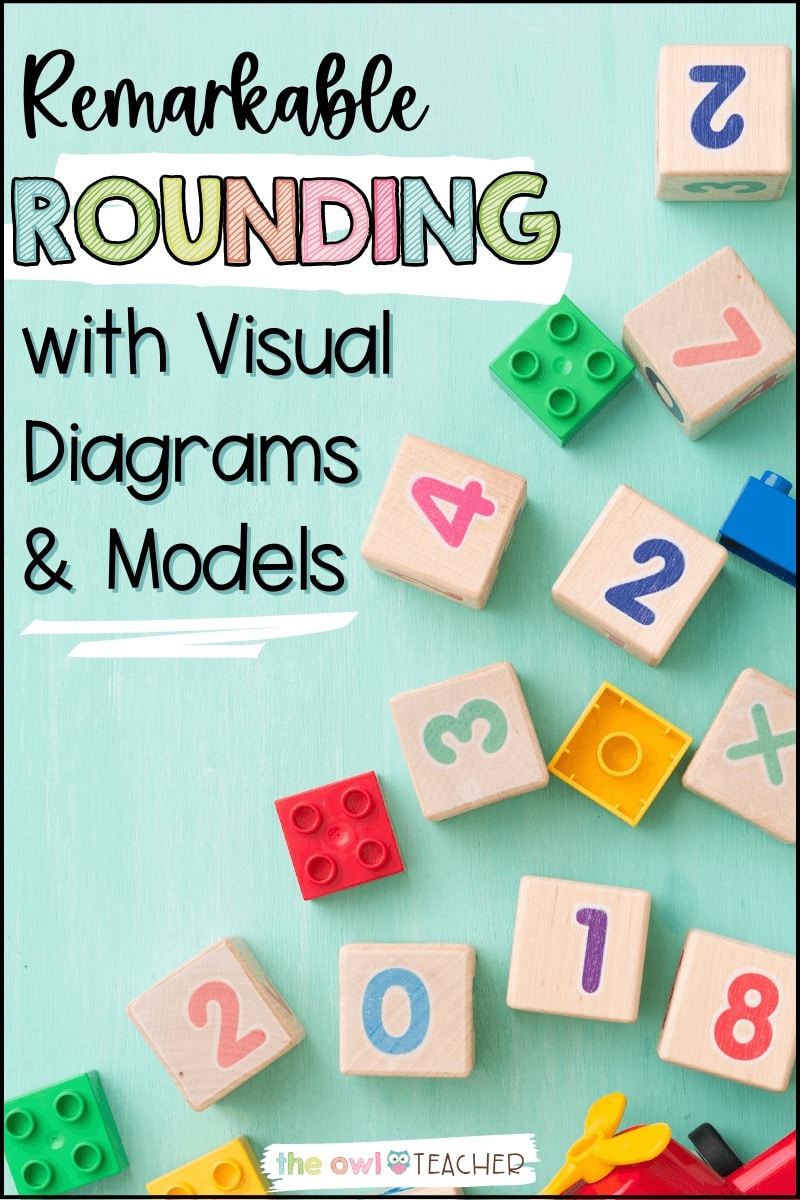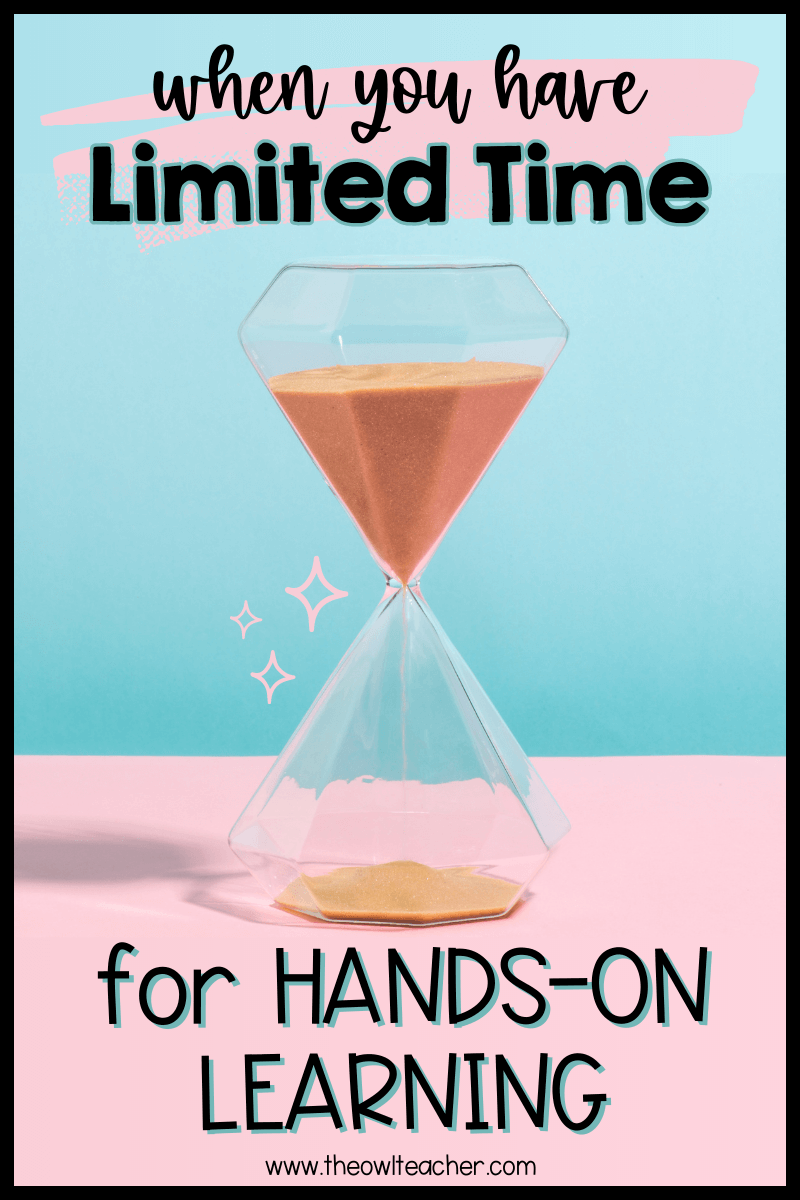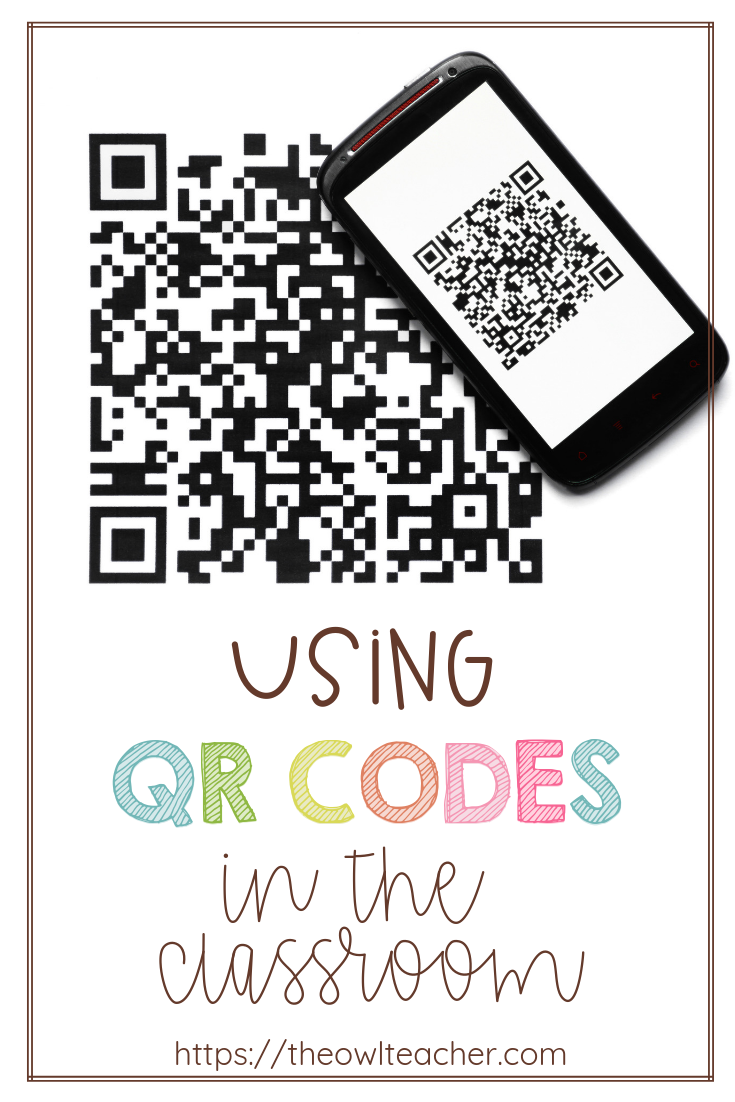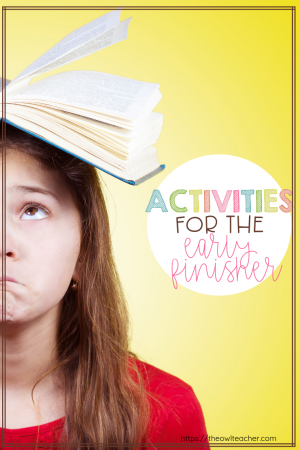It doesn’t appear to matter how lengthy I’ve been instructing–it’s been many years now, and the phrase “graphing” nonetheless makes me consider stuffy enterprise professionals charting the newest information and analyzing their gross sales. Numbers and pie charts and percentages… Boring, proper?
Not on my watch! Should you’re perpetually drained like me–and as lecturers, who isn’t drained?–then the very last thing you want is a boring day of math classes. I stay by a reasonably strict motto in my classroom: if I’m bored, then my college students are bored. And, nicely, everyone knows how nicely college students be taught after they’re bored (spoiler alert: they don’t)!
I’m not saying my classroom is nothing however events and enjoyable instances, after all. I’m merely saying that engagement is the way in which to go! Should you wouldn’t need to sit via a monotone lecture about all of the completely different graphs and their makes use of, then why do you have to topic your college students to that?
The excellent news is: you don’t must! Graphing will be simply as partaking and hands-on as another math lesson. Whether or not you’re in search of a giant whole-class mission, or one thing easy and fast, I’ve acquired you lined.
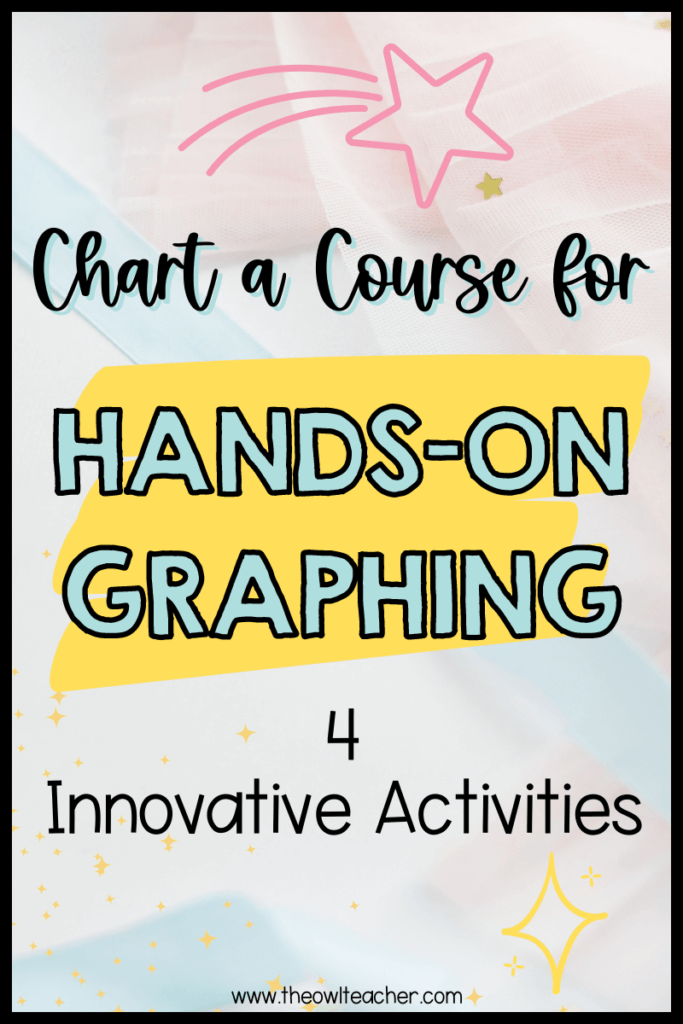
1. Graphing the Youngsters!
Everyone knows about hands-on actions… However what about feet-on actions?
Okay, in order that doesn’t actually have fairly the identical ring to it. Let’s overlook I stated that.
What I imply is: get these college students up and shifting! Have college students type themselves as in the event that they’re factors on a line plot and the entire classroom is their graph. This generally is a bit time-intensive, so I discover that this exercise is greatest completed while you’ve acquired the time for one thing a bit larger than a fast lesson.
When organising, you possibly can both have all of the desks moved to the perimeters of the room in order that there’s empty house on the bottom, or you possibly can go away the desks the place they’re and have college students simply swap seats as wanted. Then, on the whiteboard, I might write a number of completely different classes. Some simple examples are shirt colours, hair colours, beginning months, and so forth. Then, college students can line up beneath every class that they match into.
As soon as college students have organized themselves, both take an image or document tallies for the variety of college students in every class in order that your kiddos can observe the info that they’ve created and make their very own line plots! How’s that for being concerned in graphing?
Nevertheless, in case you don’t have a sufficiently big house for college students to collect close to the whiteboard, no worries. A easy resolution is to have college students create one thing to symbolize themselves, corresponding to a sticky word with their title or one thing even cuter, like persona glyphs. Then, college students can stick their creations to the whiteboard beneath the suitable class. This manner, college students can even see the info for themselves from their seats whereas creating their line plots. And so they’re reusable, too, in case you need to create a couple of extra units of knowledge!
With this exercise, it’s necessary to remind your college students the aim behind line plots. Talk to them that we’re organizing information in a concise method that’s simple to grasp at a look. Counting plot factors on a graph is actually a lot simpler than going across the room and asking everybody a query, proper? As well as, you need to guarantee that you’re utilizing (and inspiring!) tutorial language when exploring the graphs.
Whichever manner you select to assist your college students discover line plots, one factor is for certain: with this interactive process, your kiddos will be capable of forge that self-to-concept connection that we attempt to develop. Nothing helps college students connect with information like changing into the info!
2. A Candy Style of Graphing
Alright, alright, I do know, I’m about to interrupt rule quantity one in all instructing: don’t sugar up the children! Occasionally is okay, although, proper? Moreover, it’s necessary for the sake of graphing!
…Properly, perhaps simply strive to do that exercise later within the day.
It is a pictograph exercise that I do yearly, and the children are all the time engaged! It’s tremendous simple. Actually, I’ve even talked about it earlier than! I often use M&Ms or gummy bears, however you can use loads of different cute meals objects, corresponding to Froot Loops, Smarties, and even Veggie Straws in case you’re in search of a not-so-sweet possibility. Mainly, simply seize one thing that your kiddos can type by coloration!
Firstly of the lesson block, I hand out personal-sized sweet baggies (or only a handful of the sweet in case you don’t have the fun-sized variations) so that everybody has the identical variety of candies with a random assortment of colours. Then, everybody kinds their candies primarily based on coloration and we create pictographs! This exercise is nice for exploring the important thing. For an added problem, encourage your college students to create keys the place one image does NOT equal one sweet.
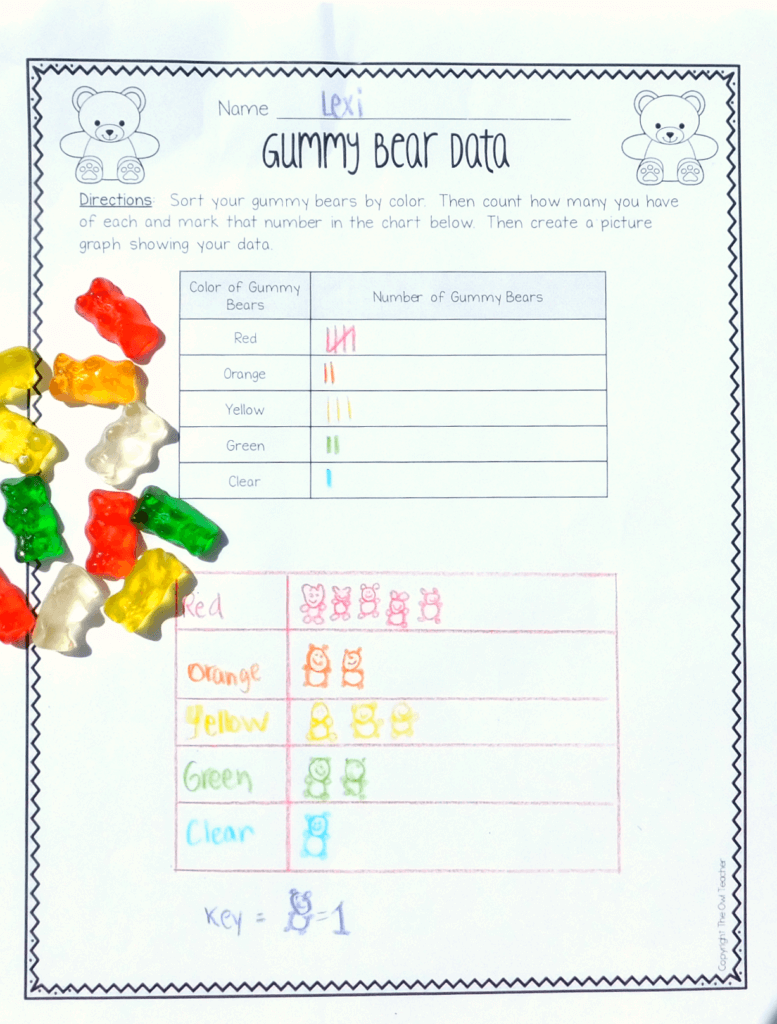 A Gummy Bear Knowledge web page from my graphing math workshop unit!
A Gummy Bear Knowledge web page from my graphing math workshop unit!
After all, you probably have different concepts for a pictograph, no worries. This candy exercise can be utilized for a number of different graphs, corresponding to quantity charts, bar graphs, tally charts, and line plots. The probabilities are as quite a few as the colours!
3. Thumbs Up for Graphing!
Thumbs up… And fingers, too! We’re going to measure all of it! It’s time to make some graphs.
Since it may be tough to create line graphs in actual time (corresponding to by measuring the expansion of a plant over time), I are inclined to remove time utterly from line graphs. As an alternative, I like to make use of measurements of the scholars with a purpose to assist develop that self-to-world connection.
On this exercise, I’ve college students use rulers to measure the size of their thumbs. Then, on the whiteboard, I first create a tally chart of thumb measurements, then use that information to create a bar graph. Should you needed to take this a step additional, you can break college students up into teams of 4 or 5 and have them measure one other finger, their arm, or their ft to create one other graph. This manner, you’ll be capable of transfer across the room to verify for understanding.
If this exercise sounds a bit acquainted, that’s as a result of it’s! Yow will discover this exercise (together with tons extra) in my graphing math workshop. I really like how easy and fast it’s–it’s an ideal match for these days the place you’re crunched for time in your math block. Moreover, this useful resource is actually… Palms-on! Get it?
4. Image-Excellent Graphing
I do know pictographs had been talked about above, however in case you don’t need to spend the cash or time choosing up the additional sweet (and who might blame you?), it is a nice various. All you want are sticky notes, and who doesn’t have loads of these stockpiled up?! Positive, they could be a commodity–I hate giving mine away!–nevertheless it’s for trigger.
For this exercise, I give every scholar a sticky word. On the whiteboard, I write a couple of completely different playground actions: swings, slides, monkey bars, tag, kickball, or no matter else your college has. Be certain that to put in writing these vertically to allow them to function your Y-axis for a pictograph!
Then, I ask college students to attract a easy picture of their favourite exercise out of those I listed on the board. After a couple of moments, college students will come stick their sticky notes to the board subsequent to whichever exercise they drew an image of.
At first, I create a standard key the place one image equals one occasion of a favourite exercise. Nevertheless, it’s simple to maneuver sticky notes round and take away some to regulate the important thing as wanted to assist your college students perceive the ins and outs of a pictograph.
In the end, an important factor is for college students to see their very own information being transformed into graphing, and to encourage them to suppose critically about the place their information will be utilized. What can we do with this newly-created pictograph? Can we present the principal and ask them to construct extra slides, or no matter different actions that college students like the most effective? Brainstorm the completely different ways in which your graphs will be utilized to actual life!
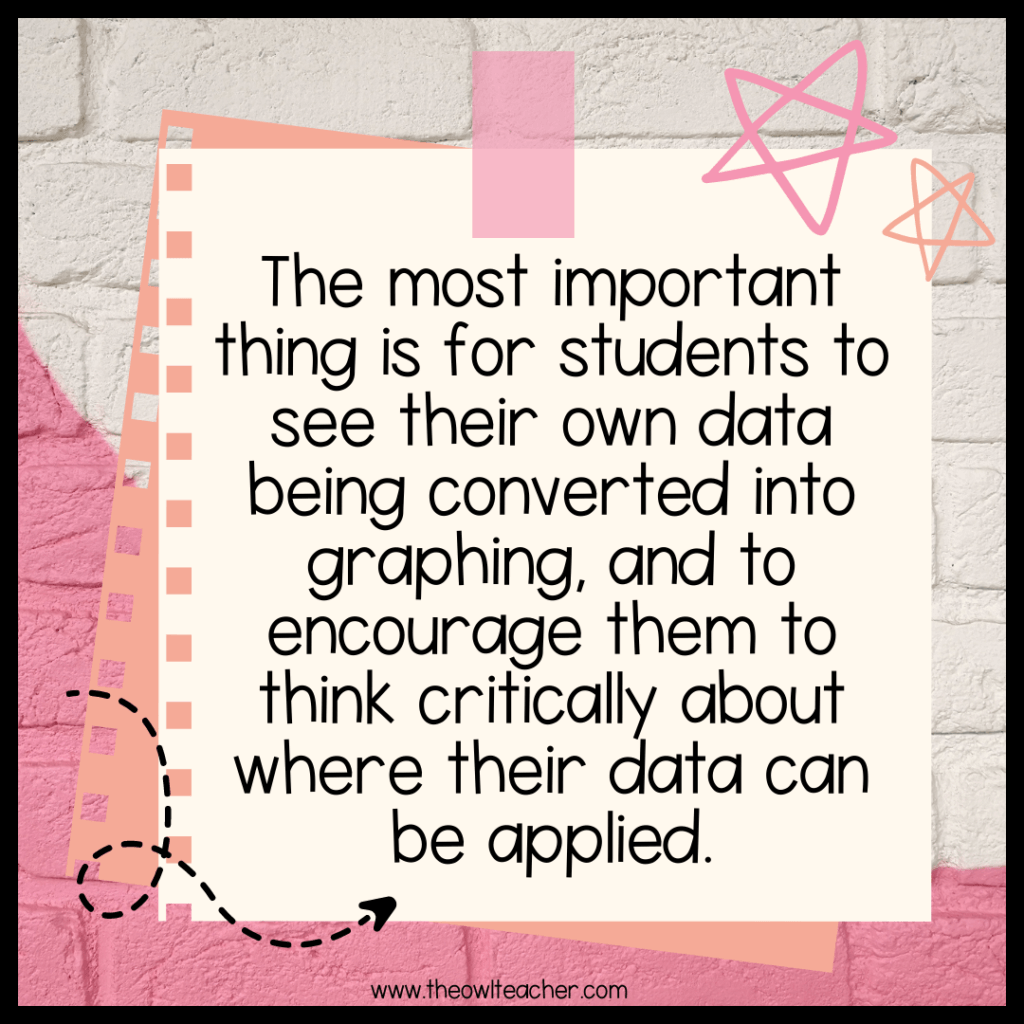
Graphing all the time appears like such a monumental process, particularly while you think about all of the several types of graphing that it’s important to discover. Nevertheless, with these easy-to-implement hands-on actions, your college students will likely be line plotting–I imply, lining up for extra!
Many of the actions above can be utilized for a number of several types of graphs, and there are loads extra actions on the market for college students to discover graphing in a manner that most closely fits them. In the end, it’s your classroom, and you recognize your kiddos greatest! Educating in a manner that may join with every scholar will all the time be helpful in the long term. Set these college students up for achievement now by laying a powerful graphing basis!
Now go chart a course for a terrific graphing lesson!




